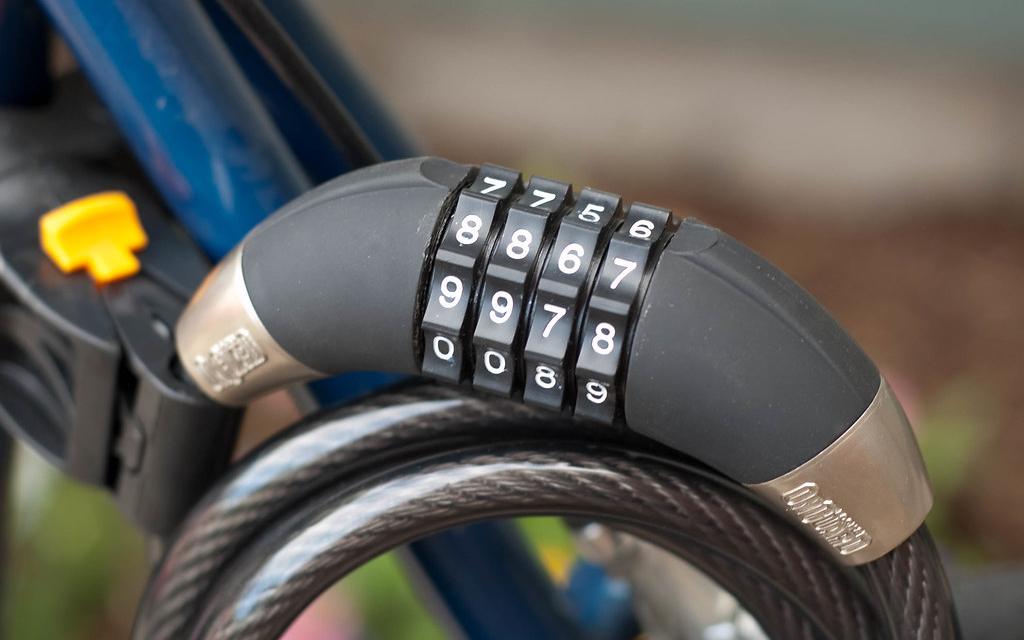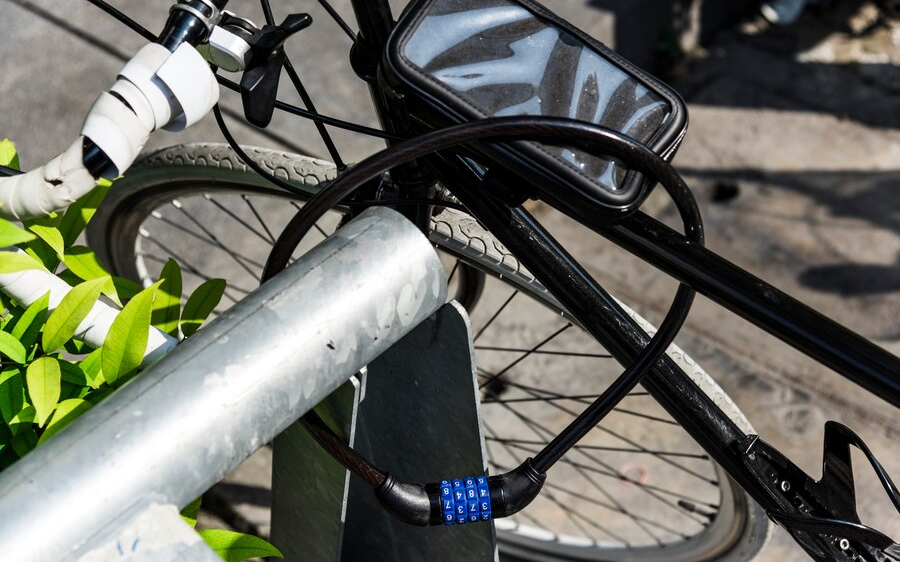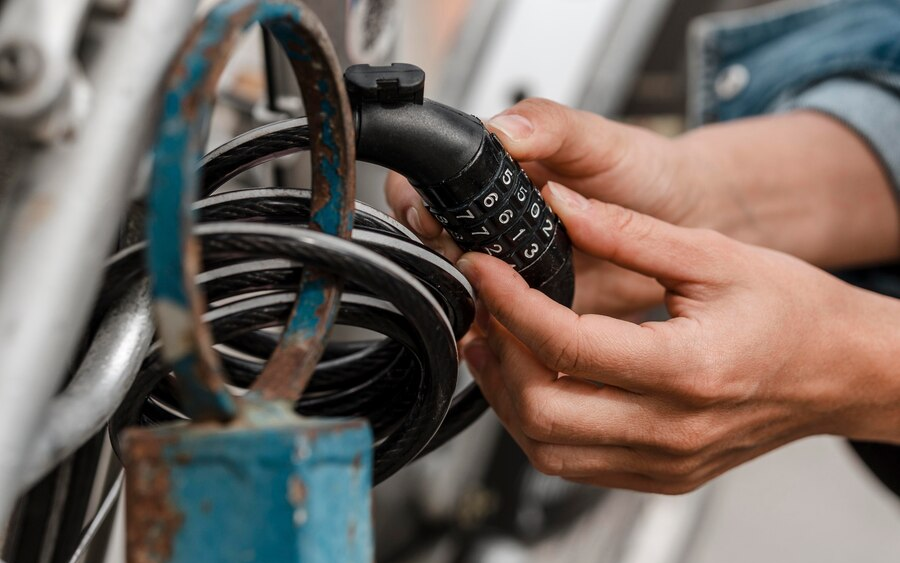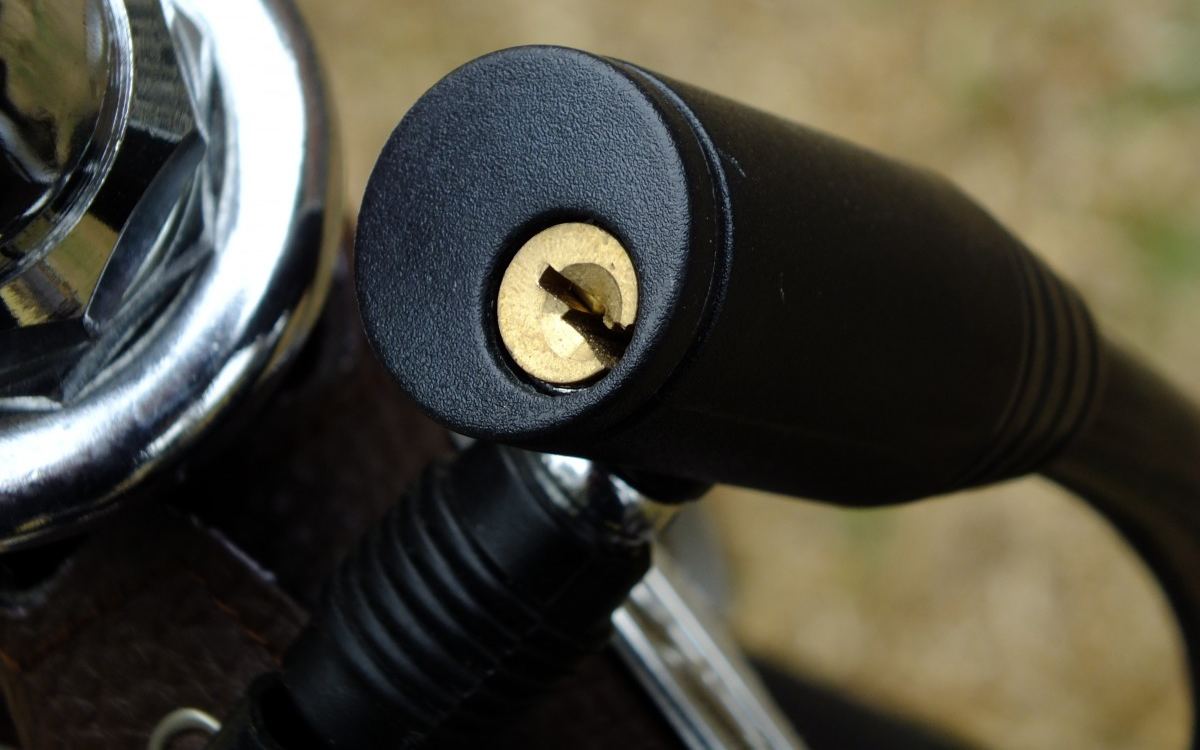Bike security is a serious issue for cyclists everywhere. Every year, millions of bikes are stolen in the US alone, according to the FBI. Many of these thefts could have been prevented if bikers knew how to pick a bike lock properly.
But what if you lose your keys or forget your combination? How can you unlock your bicycle without damaging it or calling a locksmith? That’s what this blog post will teach you.
You will learn how to pick a bike lock using common tools and techniques and how to avoid common mistakes and risks. By the end of this post, you will be able to unlock your bicycle in any situation and keep it safe from thieves.
Types of Bike Locks
There are different types of bicycle locks available in the market, each with its own pros and cons. Some of the common types are:
Combination Locks: These locks use a series of numbers or letters that you have to enter to unlock them. They are convenient and easy to use, but they can be cracked by skilled thieves or forgotten by the owners.

Key-Based Locks: These locks use a physical key that you have to insert and turn to unlock them. They are more secure than combination locks, but they can be lost, stolen, or broken by the owners or the thieves.
Unpickable Locks: These locks use a special mechanism that makes them impossible to pick by conventional methods. They are the most secure type of bicycle locks, but they are also the most expensive and heavy.
Some of the popular brands and models of bike locks are Kryptonite, Abus, and TiGr.
Legal & Ethical Considerations
Picking a bicycle lock is not illegal if you are the owner of the bicycle and the lock. However, you should be careful not to damage the lock or the bicycle in the process, as this could void your warranty or insurance.

You should also avoid picking a bike lock in public places, as this could raise suspicion and attract unwanted attention. If you are approached by someone while picking your lock, you should be prepared to show proof of ownership and explain your situation.
Picking a bicycle lock is a skill that can be useful in emergencies, but it also comes with ethical responsibilities. You should never use this skill to steal or vandalize someone else’s bike, as this is a crime and a violation of trust.
You should also respect the privacy and property of other cyclists and not tamper with their locks or bikes. Picking a bicycle lock is a matter of security and convenience, not a license to break the law or harm others.
How to Pick a Combination Bike Lock?
A combination lock is a type of lock that uses a series of dials or wheels that have to be aligned to a certain code to unlock. The code can be either preset by the manufacturer or set by the owner.
How to Lock Pick a Bike Lock?
To crack a combination bike lock, you need to find out the code by using one of these methods:
Shim: A metal shim is placed between the lock and the shackle to let the locking mechanism operate. You can make a shim from a soda can or a similar material and slide it into the gap until you hear a click.

Decoder: A decoder is a tool that can measure the resistance of each dial or wheel and determine the correct position. You can buy a decoder online or make one from a paper clip or a similar material and insert it into the slot next to each dial or wheel until you find the right combination.
Brute Force: A brute force method is simply trying every possible combination until you find the right one. This can take a long time, depending on the number of dials or wheels and the length of the code.
How to Pick a Bike Lock Without Key?
A key-based lock is a type of lock that uses a physical key that matches the shape and pattern of the pins inside the lock. To pick a key-based bicycle lock, you need to manipulate the pins until they align with the shear line, which allows the lock to open.
How to Pick Lock a Bike Lock?
To do so, you can use one of these tools:
Tension Wrench: A tension wrench is a tool that applies a slight pressure on the lock cylinder, which creates a gap between the pins and the shear line. You can use a tension wrench to hold the pins in place as you pick them one by one with another tool.

Lock Pick: A lock pick is a tool that can lift, rake, or scrub the pins until they reach the shear line. You can use a lock pick to probe the pins and feel their resistance and position.
Bump Key: A bump key is a specially cut key that can fit into any lock of the same type. You can use a bump key to strike the pins with a hammer or a similar object, which causes them to jump and align with the shear line.
How to Open a Bike Lock by Force?
Some bike locks are designed to be unpickable, meaning they have complex mechanisms that prevent lock picking tools from manipulating the pins or discs inside.

These locks are usually more expensive and durable than regular locks, and they offer a higher level of security for your bicycle. However, if you lose your key or forget your combination, you might need to open them by force.
To open an unpickable bike lock by force, you will need a powerful tool that can cut through metal, such as a grinder, a drill, or a bolt cutter. Depending on the type and thickness of the lock, you will have to choose the most suitable tool and apply enough pressure and speed to break the lock.
Here are the steps to follow:
- Secure your bicycle to a stable surface and wear protective gloves, goggles, and earplugs.
- Locate the weakest point of the lock, usually the shackle or the joint.
- Use the grinder, the drill, or the bolt cutter to cut through the lock. You might need to make multiple cuts or change the angle of the tool to get through the lock.
- Remove the lock from your bicycle and dispose of it safely.
Prevention & Security Tips
To prevent your bicycle from being stolen, you need to use a proper lock and follow some security tips. First, you need to choose a lock that suits your needs. There are different types of locks, such as U-locks, chain locks, cable locks, and folding locks.

Each one has its own advantages and disadvantages, depending on the level of security, weight, and ease of use. You should research the best lock for your bicycle and budget.
Second, you need to use your lock correctly. You should lock your bike to a sturdy and immovable object, such as a bike rack, a pole, or a fence. You should also lock the frame and both wheels, if possible, to prevent thieves from taking parts of your bicycle.
Third, you need to consider some additional security measures, such as using a secondary lock, registering your bike, engraving your bike’s serial number, and choosing a safe location to park your bicycle.
By following these tips, you can reduce the risk of losing your bicycle and enjoy cycling more.
Conclusion
In this blog post, we have taught you how to pick a bike lock using various tools and techniques. Picking a bike lock can be useful if you lose your key or forget your combination, but it also has some drawbacks.
You might damage your lock or your bicycle, hurt yourself, or get into trouble with the law. Therefore, you should only pick a bike lock as a last resort, and only if you own the bicycle and the lock. Hopefully, this post was enjoyable, and you learned something new.
If you want to learn more about bicycle security and other related topics, please subscribe to our website and follow us on social media.
FAQs
Locate the reset button, press and hold it, set a new code, and release the button.
Unlock it and turn the reset dial until it is red.
Bicycle locks typically have unique keys, enhancing security by limiting access to specific lock mechanisms.
Thieves can break bicycle locks with tools like bolt cutters, hacksaws, or angle grinders, but good locks can resist them longer.



